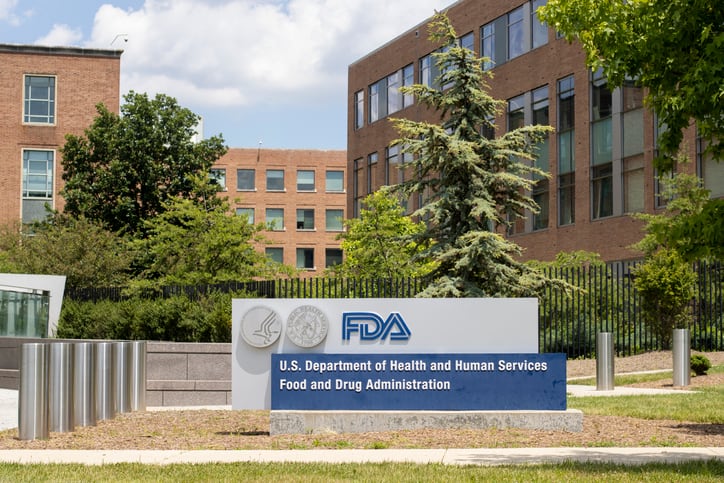What is the FDA’s 2025 Human Foods Guidance agenda?
- A non-binding list of planned guidance documents for food safety, labeling and nutrition
- Signals the FDA’s regulatory priorities for the year
- Includes new topics like opiate alkaloids in poppy seeds, natural color use and dietary supplement safety
- Builds on recent FDA actions around synthetic dyes and chemical safety
FDA’s recently unveiled 2025 Human Foods Program guidance agenda offers a detailed view of the agency’s priorities for the year ahead.
The document is non-binding, but provides critical insight into the FDA’s focus areas, including where food and drink companies should prepare for change.
It comes amid heightened scrutiny of food chemicals, synthetic dyes and ingredient transparency – each additional pressures on food and drink businesses.
That said, the guidance is a strong signal to industry stakeholders of the FDA’s strategy. Here’s what it means and what will likely come next.
1) What’s in the update and why it matters
An update to the 2025 agenda covers high-impact categories for the US food and drink industry. Topics proposed to be added to the agenda include:
- Opiate alkaloids in poppy seeds: The FDA plans to set action levels to limit contamination, a move that could affect spice and bakery sectors
- Natural colors: New guidance will clarify when fruit and vegetable juices can be used as color additives. This is especially relevant after the FDA’s recent food color bans
- New Dietary Ingredient (NDI) notifications: Supplement makers will face tighter expectations around identity and safety documentation
The addition of the new topics reflects mounting public and political pressure on the FDA to modernize food and drink industry oversight, specifically for ingredients.
The FDA also is responding to criticism that its focus on synthetic dyes and chemical safety may be overshadowing broader nutrition and access goals.
2) Industry reactions: Support, skepticism and strategic shifts
Industry response to FDA guidance and regulatory proposals has been mixed. Though, some stakeholders welcome its proactive stance on chemical safety. This is especially true after years of concern over GRAS (Generally Recognized As Safe) processes.
Concerns do remain over the weight of focus given to synthetic dyes and post-market chemical assessments, which critics claim could divert resources from more urgent issues like food insecurity and nutrition labeling.
The FDA’s recent move to ban certain food colors sparked strong reactions, with some companies scrambling to reformulate and others questioning the science behind the decision.
The agenda updates suggest further changes are on the horizon.
3) Congress targets GRAS ‘loophole’ with new bills
Meanwhile, lawmakers are ramping up pressure on the FDA to tighten food chemical oversight.
Two new bills – Ensuring Safe and Toxic-Free Foods Act and the Food Chemical Reassessment Act – aim to reform the GRAS process. These processes currently allow companies to self-affirm ingredient safety without FDA approval.
The proposed legislation would require a mandatory FDA review, public comment periods and regular reassessments of existing food chemicals. It also directs the agency to review at least 10 substances every three years, starting with controversial additives like titanium dioxide and Red Dye 40.
4) What happens next? Compliance, comments and change
The FDA is seeking public comments on the agenda, which are to be made via Regulations.gov under Docket FDA-2022-D-2088.
Food and beverage companies should:
- Review the agenda topics and assess potential impacts on their products
- Engage in the comment process to influence future guidance
- Prepare for reformulation or relabeling in areas like color additives and supplement ingredients





